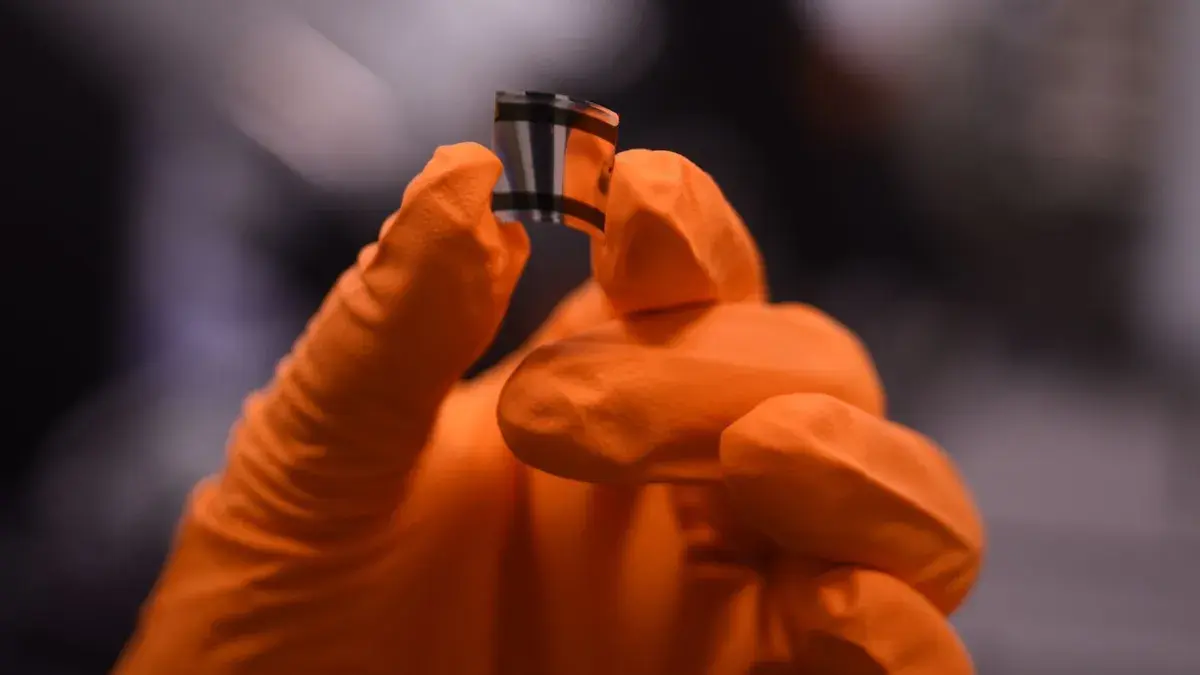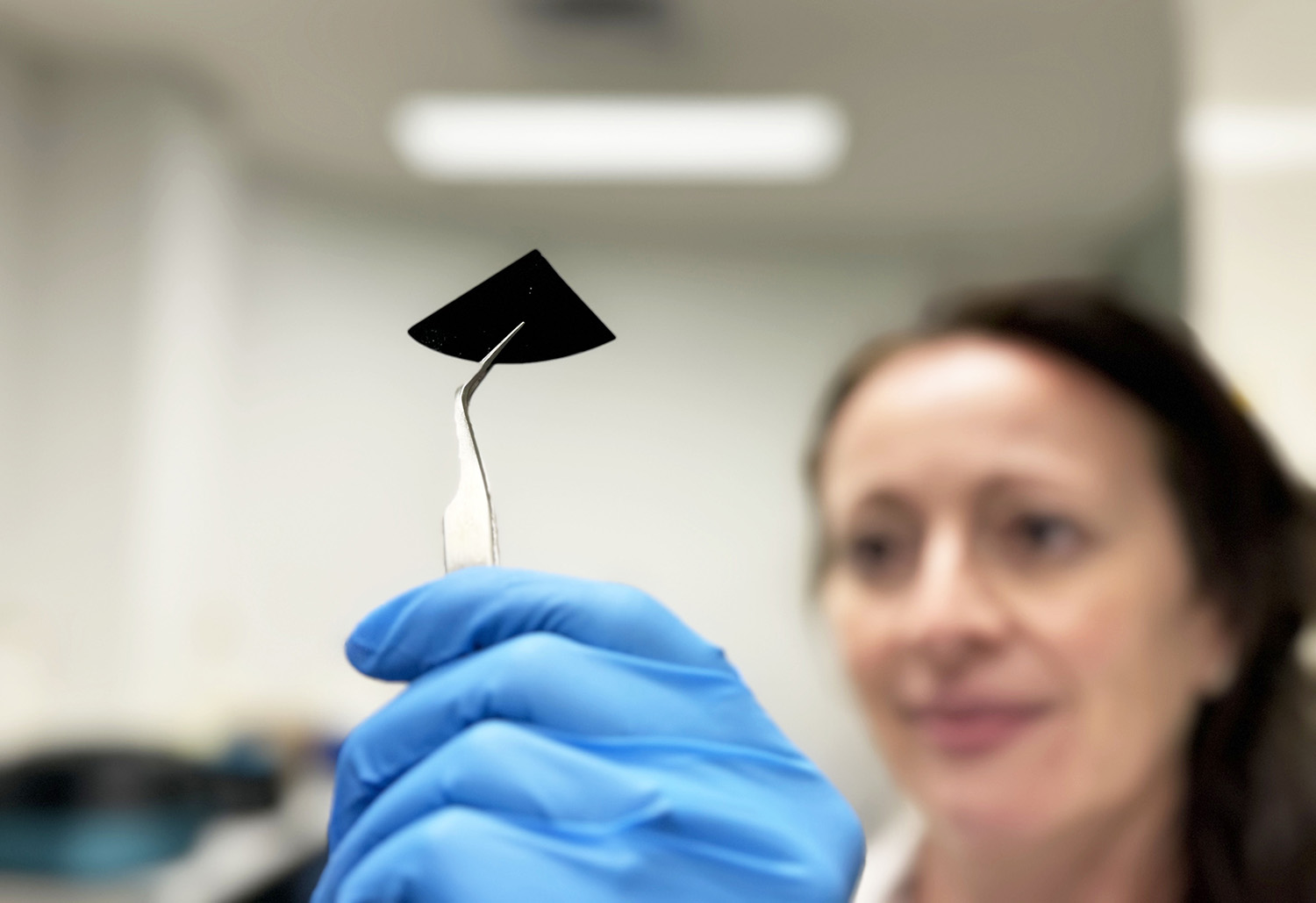Diabetes poses a significant threat to the body’s microvasculature, leading to complications like diabetic retinopathy (DR) and diabetic kidney disease (DKD).
Affecting one in 11 adults globally, this prevalent disease, characterized by uncontrolled blood glucose levels, remains a formidable challenge. DR, the primary cause of vision loss in diabetics, and DKD, potentially culminating in kidney failure, underscore the urgent need for advanced treatments.
Despite available interventions, the progression of microvascular complications persists, ultimately threatening patients with irreversible consequences like blindness and organ failure.
Breakthrough Discovery: A Potential Game-Changer in Diabetic Care
Exciting advancements in diabetic care have emerged with recent research unveiling a groundbreaking inhibitor drug.
Spearheaded by the University of Bristol, this innovative development offers hope for diabetic patients by potentially averting microvascular complications like diabetic eye and kidney disease. This breakthrough marks a promising era in diabetes treatment, highlighting the transformative impact of scientific advancements on patient well-being.
Deciphering the Glycocalyx’s Role in Diabetic Complications
The research team focused on the glycocalyx, the protective lining of blood vessels often damaged in diabetes. Using two mouse models, they demonstrated that preventing glycocalyx damage could halt the progression of diabetic eye and kidney disease. The research team has created a groundbreaking category of medications called heparanase inhibitors. These medications function by thwarting glycocalyx damage.
This groundbreaking research introduces a new era in diabetes treatment, potentially preventing complications and enhancing patients’ quality of life.
The research team and the global medical community eagerly await the clinical implementation of these inhibitors.







